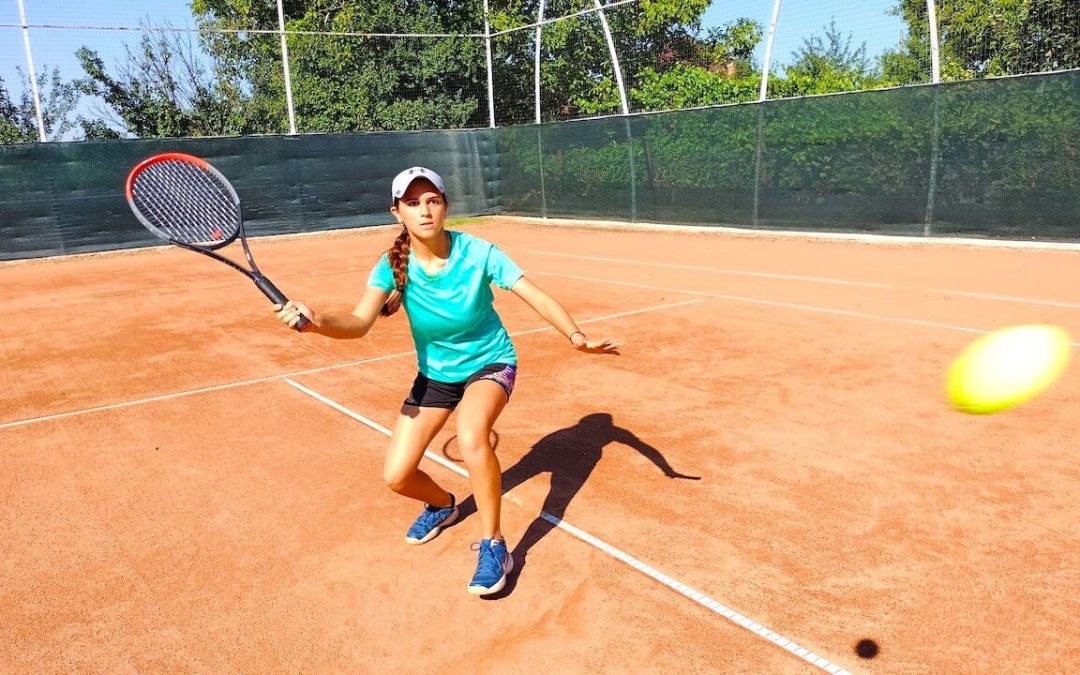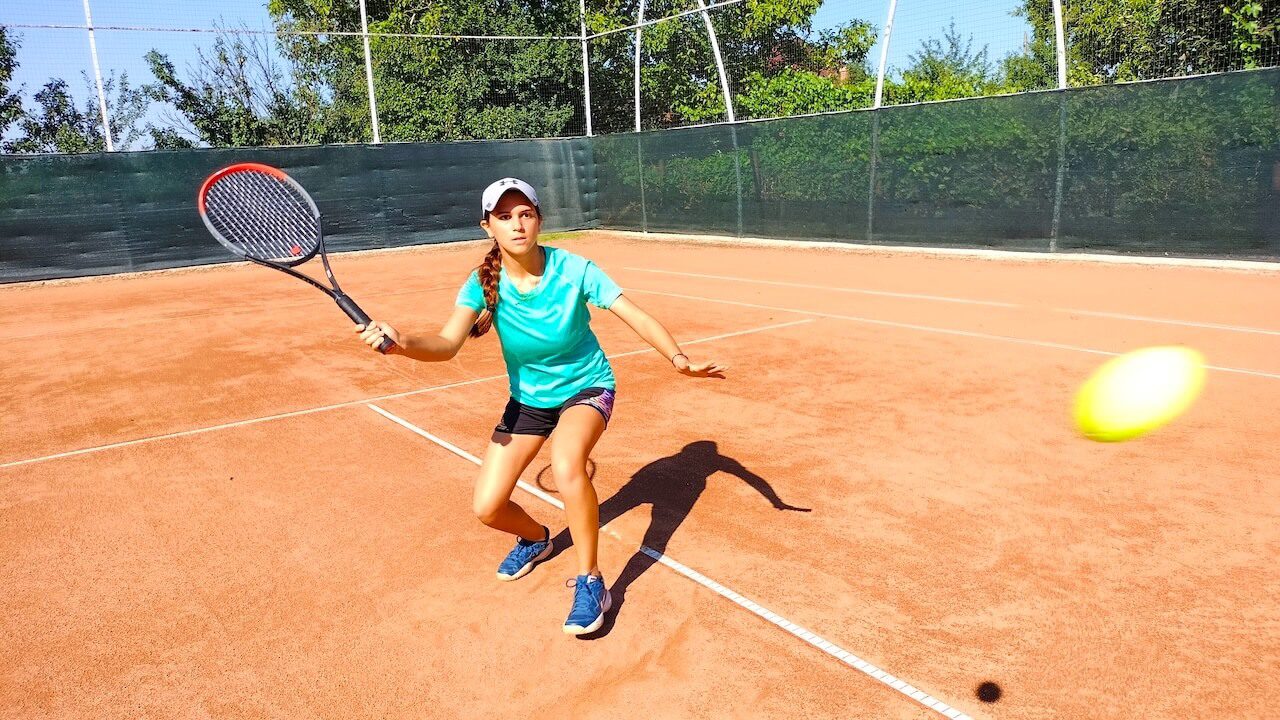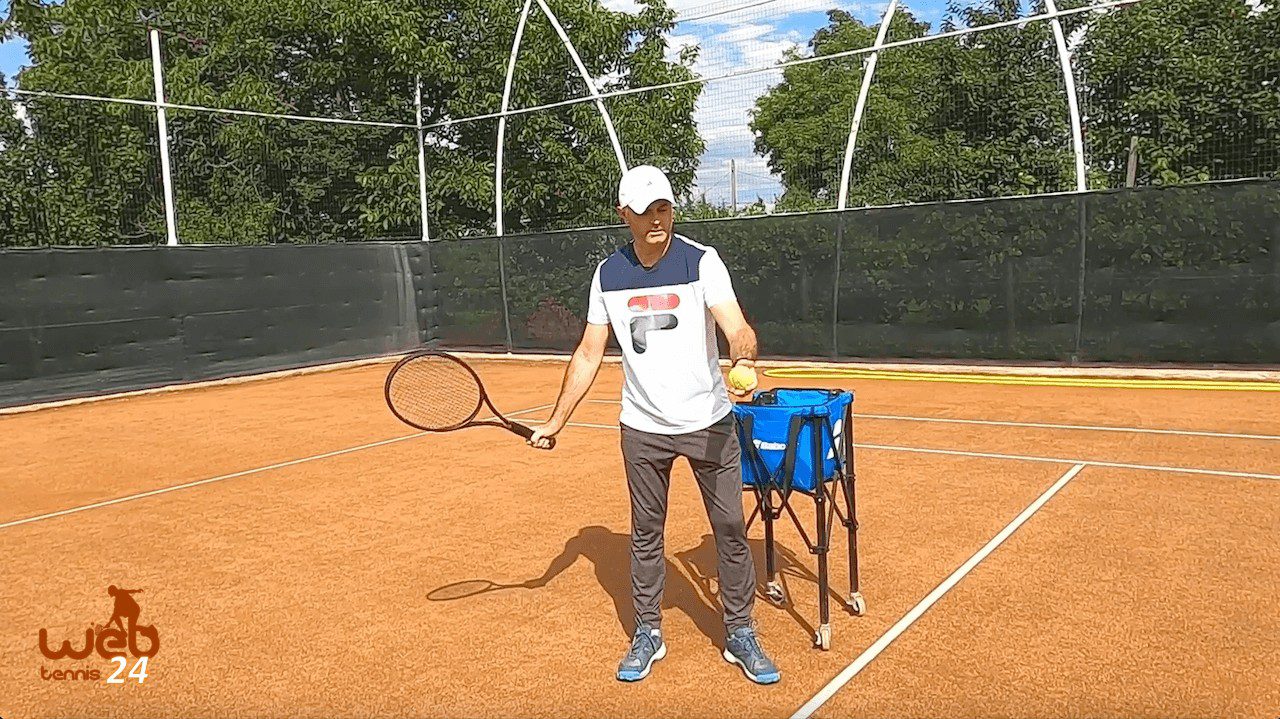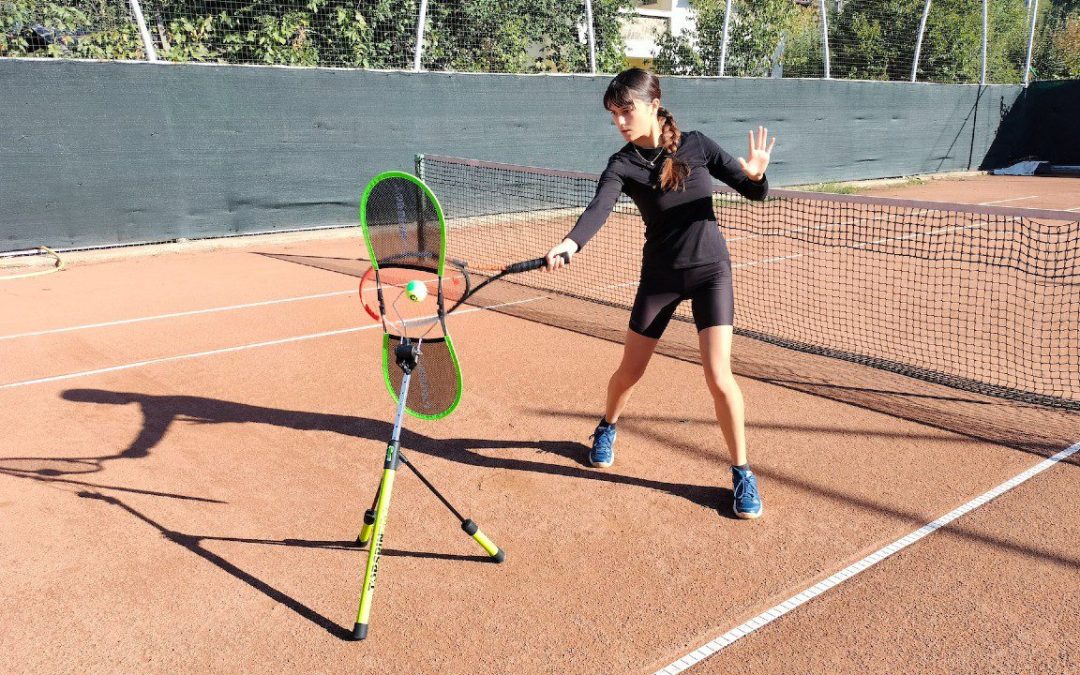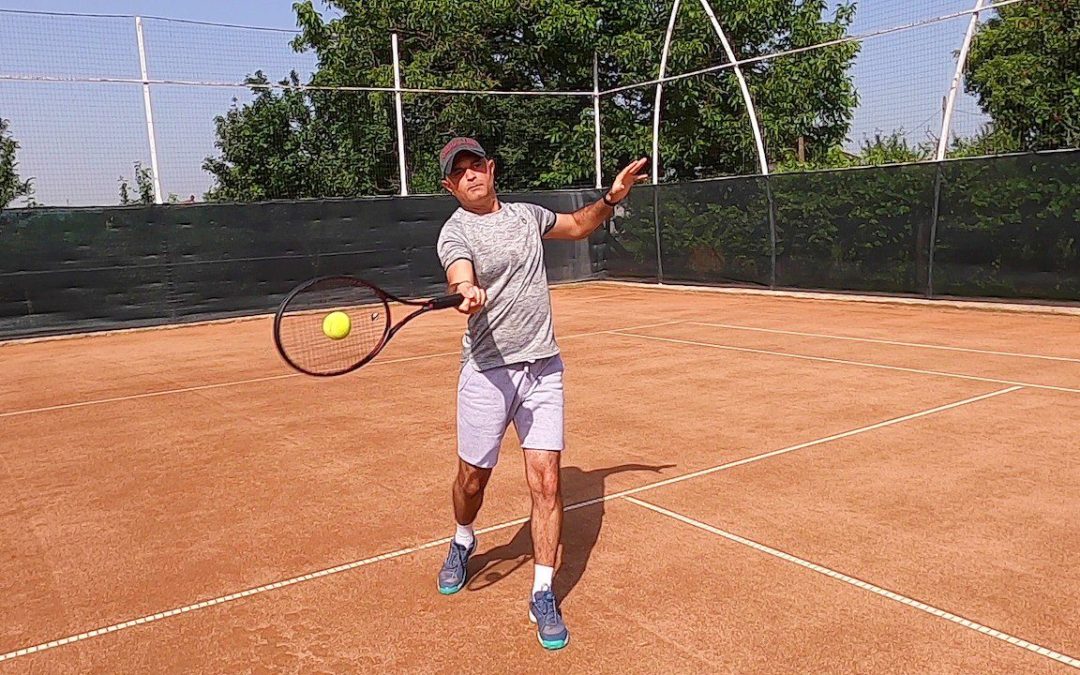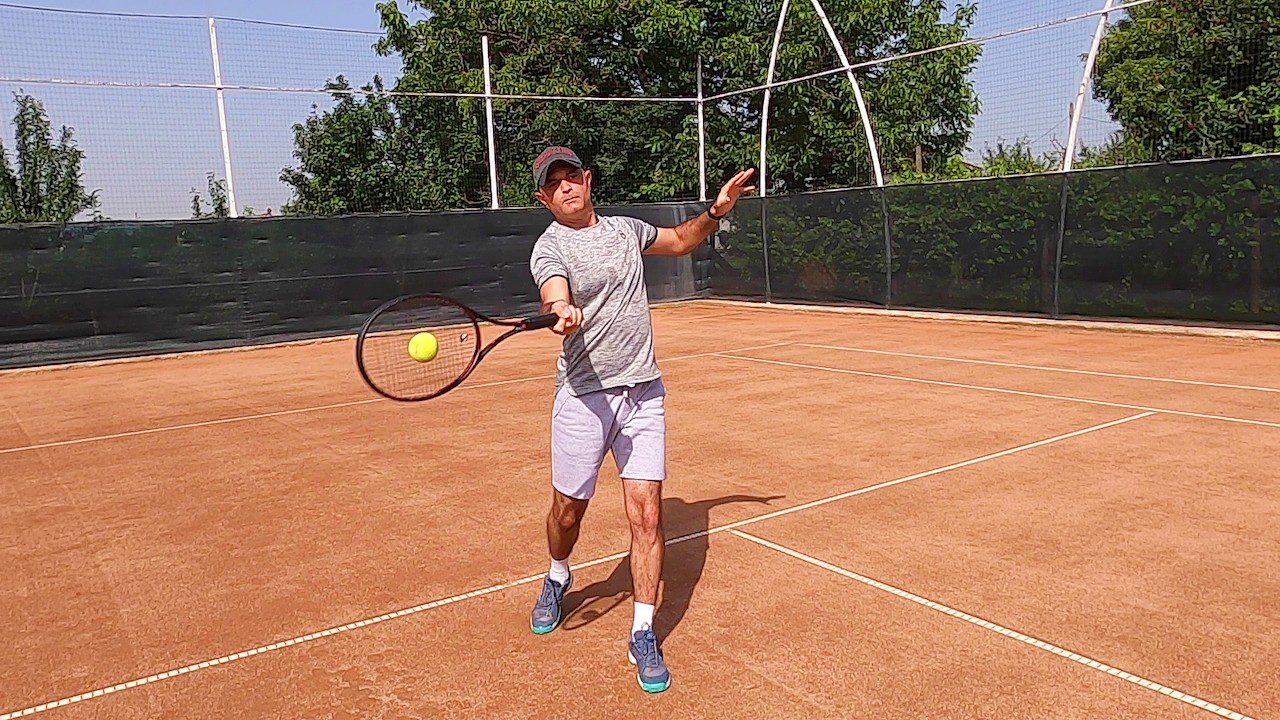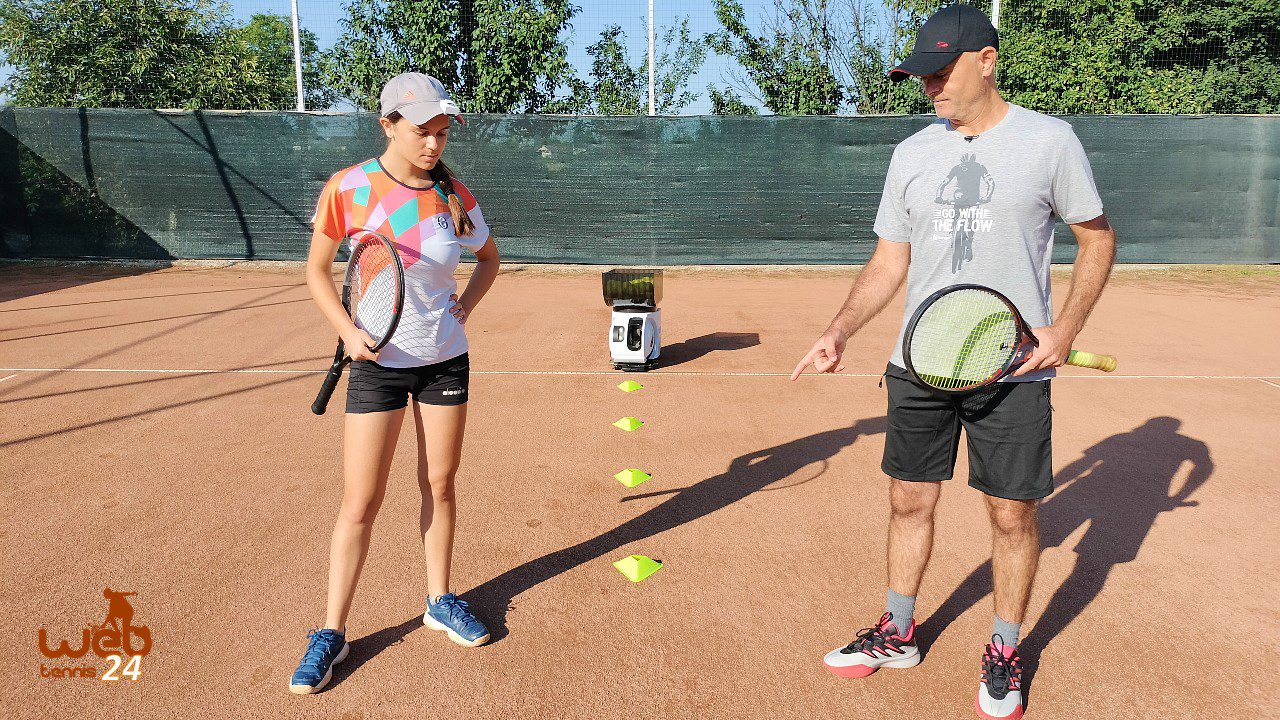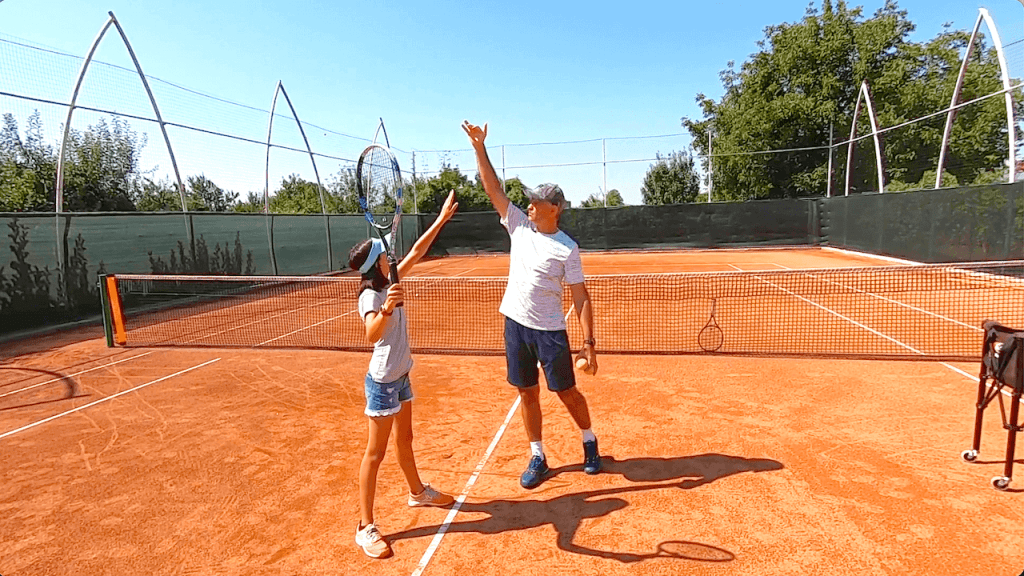
Step-by-Step Overhead Tennis Lesson: Teach It Like a Serve!
Teach the Overhead Like a Serve
An overhead tennis lesson should feel familiar to players because the overhead shares most of its mechanics with the serve.
I coach it like a serve at the net: same grip, same arm shape, same pronation and follow-through. The differences are simple and important – the ball comes from the opponent, the player must move to it, and timing is tighter because the ball drops faster.
This article lays out a clear progression you can use to teach beginners or refine advanced players.
Why teach the overhead as a serve with footwork
Think of the overhead as a serve you hit while moving. The technical elements mirror the serve: use the hammer grip, turn the body sideways, form an L position with the racquet arm, point with the non-dominant arm, let the racquet drop, contact with pronation, and follow through. What changes are footwork and timing. The ball is coming from the opponent (often as a lob) and it drops quickly, so the player must position themselves slightly ahead of the ball and hit at the highest reachable contact.
Core elements to focus on
- Hammer/Continental grip – same grip you use for serves and overheads.
- Turn sideways – pivot on the non-dominant foot and step back with the dominant foot to create shoulder rotation.
- L position – bring the racquet up with both hands, separate once above eye level to form the L (between the upper arm and forearm).
- Point with the non-dominant hand – aim to catch the ball, which helps timing.
- Let the racquet drop – as in the serve, allow a short drop before accelerating up and pronating at contact.
- High contact – contact the ball as high as possible with a long arm extension.
Step-by-step progression for coaching an overhead
- Position: Start at the service-line area or slightly closer to the net. The overhead is usually hit from the net area, but deeper lobs may force players back toward the service line or baseline.
- Preparation: Split step, hammer grip, racquet up as if ready for a volley.
- Pivot and step back: Pivot on the non-dominant foot and step back with the dominant foot to turn the body sideways.
- Track the ball with the non-dominant hand: Bring both hands up, point to the ball, and practice “catching” the ball at the highest reach. This helps timing.
- Form the L: Once the racquet is above eye level, separate the hands and hold the L position (see the video above).
- Racket drop and contact: Let the racquet drop behind your back, then drive up with pronation, contacting the ball at the peak of reach, and finish with a serve-like follow-through.
- Progress to hitting: Start with taps or gentle contacts, then move to full overheads. Practice both taking the ball after one bounce and taking it in the air.
Simple drills to build confidence and timing
Use these drills in an overhead tennis lesson to teach tracking, footwork, and timing.
- Catch-and-toss drill: Have the player turn sideways, track a tossed ball with two hands, separate into the L, and catch the ball at full reach (see the video above). Then toss and serve. This links the overhead to the serve feel.
- Tap progression: Feed short, safe lobs. The player tracks the ball, taps it lightly to feel contact and high reach, then freezes in the L position. Repeat until timing improves.
- Side-by-side toss: Coach stands slightly to the side and tosses the ball high. The player points up with the non-dominant hand, times the swing, and hits a clean overhead. Make sure the coach steps away after the toss to avoid being hit.
- Footwork shuffle drill: Add movement by having the coach move around the court and feed lobs as the player shuffles to follow. This develops the habit of getting behind the ball and hitting slightly in front.
- Across-court feeding: Feed from the opposite side of the net to simulate real match positioning and increase timing difficulty.
Key coaching cues and corrections
Use short, visual cues during an overhead tennis lesson.
- Point to the ball – encourages tracking and timing.
- Catch it high – emphasize reaching and contact at the peak.
- Stay sideways – maintain shoulder turn to generate power and control.
- Step back, then drop – footwork first, then racquet drop for a smooth swing.
- Pronate – remind players to rotate the forearm at contact like a serve.
Common mistakes and how to fix them
- Player moves too far behind the ball: Encourage earlier steps and lateral shuffles to position slightly ahead of the landing spot.
- Ball gets over the head: Teach earlier tracking and catching drills to develop anticipation.
- Elbow too low: Stop the player in the L position and correct elbow height so the racquet is ready to drop.
- Hitting from flat feet: Reinforce the split step and push through the legs when taking the ball in the air.
How many lessons to allocate
The overhead is one of the trickiest shots because of timing and footwork. An effective overhead tennis lesson plan should span multiple sessions for beginners. Spend several drills and short repetitions across at least two lessons before expecting consistent results. For players with more experience, a focused single session with varied feeds can lead to rapid improvements.
Final coaching reminders
Keep corrections simple and positive. Progress from catching and tapping to full overheads, then add footwork and feeds from realistic positions.
Teach the overhead like a serve with movement and reinforce the two pillars: timing and footwork. When players consistently point, catch high, and pronate at contact, the overhead becomes a reliable weapon.

FAQ
Q: Where on the court should a player attempt the overhead?
A: Most overheads are hit from the net area around the service line or closer to the net. Deeper lobs may require stepping back toward the service line or baseline. Always position slightly ahead of the ball’s landing spot.
Q: Which grip is best for teaching the overhead?
A: The hammer (continental) grip works best because it mimics the serve’s and allows comfortable pronation and extension on contact.
Q: Should beginners take the overhead in the air or after a bounce?
A: Start with the ball bouncing first so students can focus on footwork and the L position. Progress to taking the ball in the air once timing improves, using side-by-side tosses and point-and-catch drills.
Q: What are the two most important skills to develop in an overhead tennis lesson?
A: Timing to hit the ball at the highest reachable point and footwork to get in front of the ball.
Q: How long should coaches spend on this progression?
A: Spend more than one lesson. A couple of lessons with repeated progressions – catching, tapping, tossing, and footwork drills – will produce much better results than attempting to master the overhead in a single session.
“An overhead is like a serve with footwork: keep the same fundamentals, add movement and timing.”


